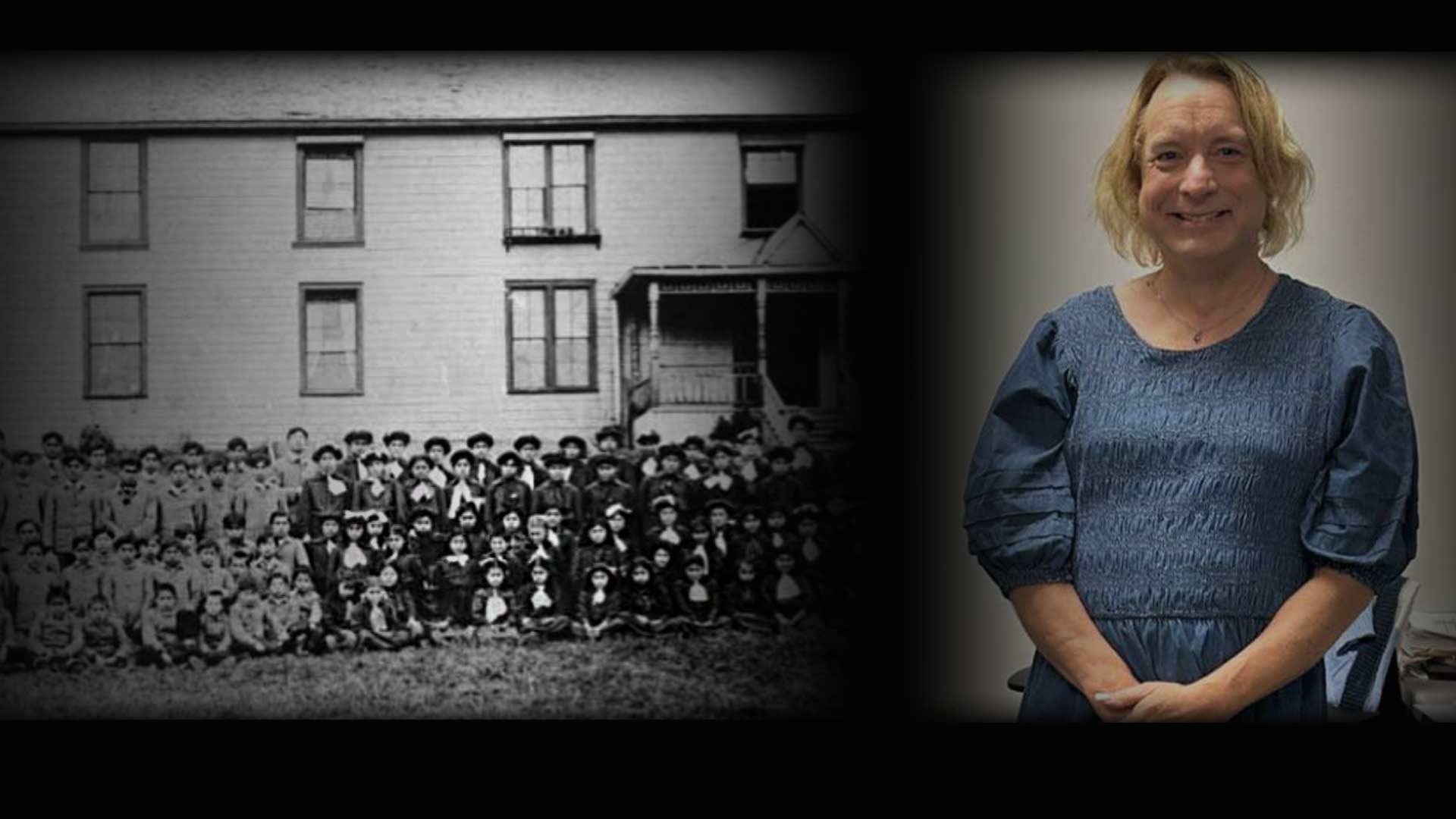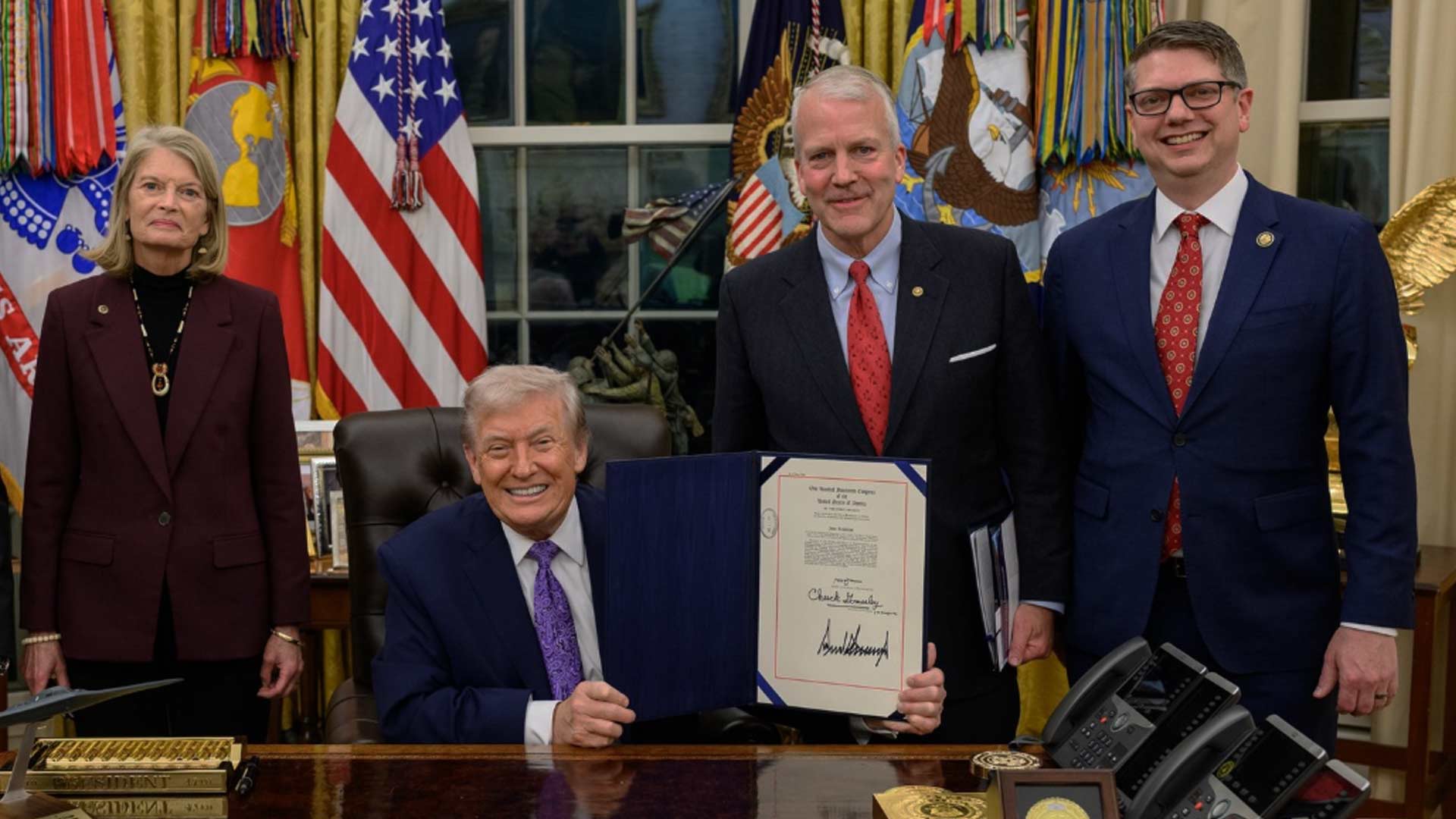
Abortion rates in Alaska appear to have fallen by more than 30% in recent years. This is according to the latest research from the Guttmacher Institute, a pro-abortion research company that works closely with Planned Parenthood. The new report indicates that U.S. abortion rates have dropped 19% overall between 2011 and 2017 to reach the lowest point since the 1973 U.S. Supreme Court decisions that legalized abortion throughout the country.
While many pro-life advocates are celebrating the news, the reasons behind the lower abortion rates remain unclear.
In Alaska the abortion rate decreased by 30.6 percent from 2011 to 2017. Among all U.S. states, that is the seventh largest drop. Nationwide the overall number of abortions fell by 19% ‑ from 1,058,000 abortions in 2011 to 862,000 abortions in 2017.
In analyzing the latest report, the authors of the Guttmacher study puzzled over why abortions have declined so dramatically.
In one section they claim that laws limiting abortion access are not the main driver of the decline, and that the decrease “appears to be related to declines in births and pregnancies overall.” A little further down, however, they acknowledge that pro-life laws and regulations that restrict abortion “played a role in shutting down abortion clinics in some states and thereby reducing access to abortion.”
In Alaska, however, the overall number of abortion clinics remained constant at four between 2011 to 2017. And while pro-life laws were passed by the legislature and signed by the governor during that time, the Alaska Supreme Court struck down every effort aimed at regulating abortion. This includes a law that would have required parental notification before an abortion is performed on a minor girl, and another that aimed to define “medically necessary” abortions for the purposes of publicly funding the procedure.
So, while some states with greater abortion restrictions saw a drop in their abortion rates, that does not appear to be a clear factor in Alaska’s lower rates.
The report suggests that other factors leading to reduced abortions are due to changing attitudes about abortion, increased contraceptive use, decreased sexual activity among young people, greater infertility and self-managed abortions.
With respects to sexual activity, the report points to a national survey that suggests a “long-term increase in the number of people in the United States – mostly younger men – reporting not having sex in the past year. Other data show that the proportion of high school students who have ever had sexual intercourse declined between 2011 and 2017.”
Perhaps most troubling to pro-life advocates is the final explanation that the Guttmacher report offers for why abortion rates may have dropped in recent years.
“It is possible that the 2011–2017 decline in abortion was not as large as it appears,” the authors state. “There could have been an increase in self-managed abortions happening outside of medical facilities, which the census would be unable to capture.”
The Guttmacher abortion census data from 2017 found that 18% of nonhospital facilities reported having seen at least one patient who had attempted to end a pregnancy on her own, an increase from 12% in 2014. The drugs used in a medication abortion (misoprostol and mifepristone) are becoming increasingly available online, as are resources about how to self-administer an abortion outside of a clinical setting.
While the overall number of abortions in Alaska have decreased dramatically over the past decade, last year’s 1,283 abortions represent a 2% increase from the previous year’s record low of 1,255. It was also the first increase in Alaska abortions in a decade. Additionally, chemical abortions, which are also used for self-regulated procedures, jumped by nearly 20 percent from 2017 to 2018, according to state records. While these account for a low percentage of overall abortions in Alaska, chemical abortions are on the rise.







